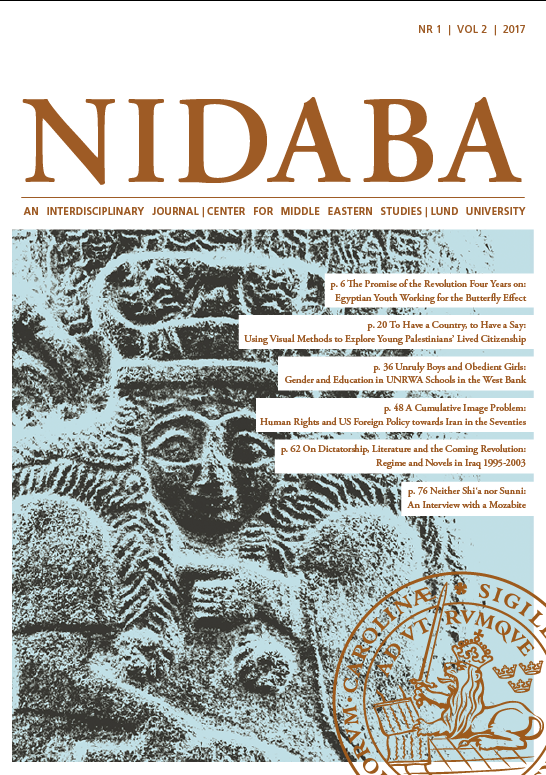Abstract
This article focuses on the impact of human rights on American-Iranian relations in the Seventies. By devoting speci c attention to the role of the Iranian Students Association in the United States, Am- nesty International and the International Commission of Jurists in shaping up a negative image of the Shah and in uencing receptive congressmen, the primary goal of this study is to assess the US State Department’s dual approach to improve the Shah’s image in the United States and, therefore, preserve the alliance between Washington and Tehran. On the one hand, the State Department implemented obstructionist tactics to neutralize Congress’ opposition to American security assistance to Iran; on the other, it engaged in con dential exchanges with Iranian o cials to dampen public and congressional criticism against the alliance. If we want to understand how, notwithstanding US public and con- gressional opposition, American-Iranian relations remained mostly unchanged until the 1979 Iranian revolution, the State Department tactics to improve the Shah’s image in the United States seem a good place to start.
Authors retain copyright and grant the journal right of first publication with the work simultaneously licensed under a Creative Commons Attribution License that allows others to share the work with an acknowledgement of the work's authorship and initial publication in this journal.
Authors are able to enter into separate, additional contractual arrangements for the non-exclusive distribution of the journal's published version of the work (e.g., post it to an institutional repository or publish it in a book), with an acknowledgement of its initial publication in this journal.
Authors are permitted and encouraged to post their work online (e.g., in institutional repositories or on their website) prior to and during the submission process, as it can lead to productive exchanges, as well as earlier and greater citation of published work (See The Effect of Open Access).
The journal provides open access to all accepted manuscripts in hopes of facilitating an exchange of knowldge and informed discussion about the Middle East. Publishing with Nidaba, authors agree to the terms of the Creative Commons Attribution-NonCommercial-NoDerivatives 4.0 International License, which allows others to share the work with an acknowledgement of the work's authorship and initial publication in this journal. Authors retain the copyright to their manuscript and grant the journal the right of first publication.
The content of this journal is licensed under a Creative Commons Attribution-NonCommercial-NoDerivatives 4.0 International License.

